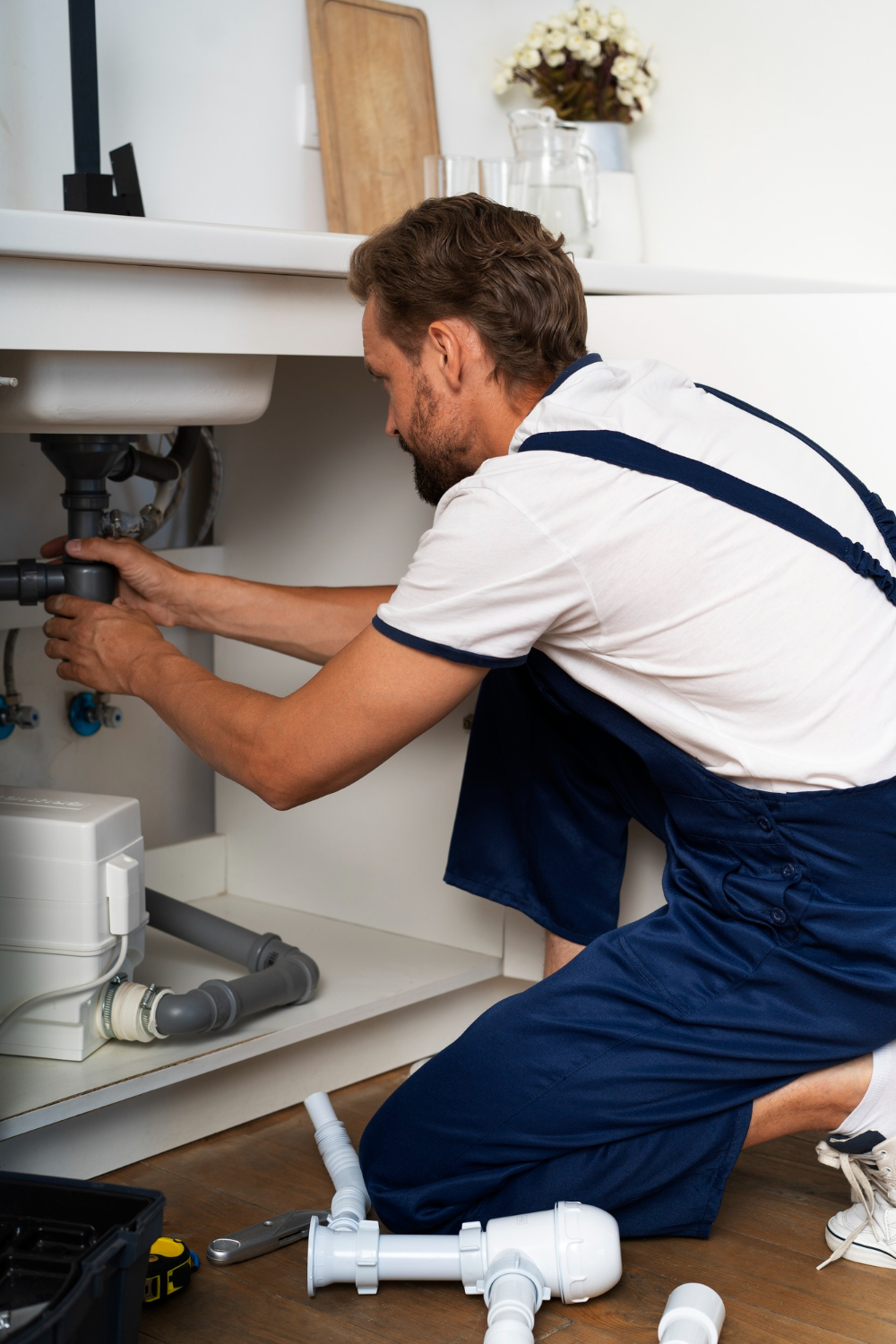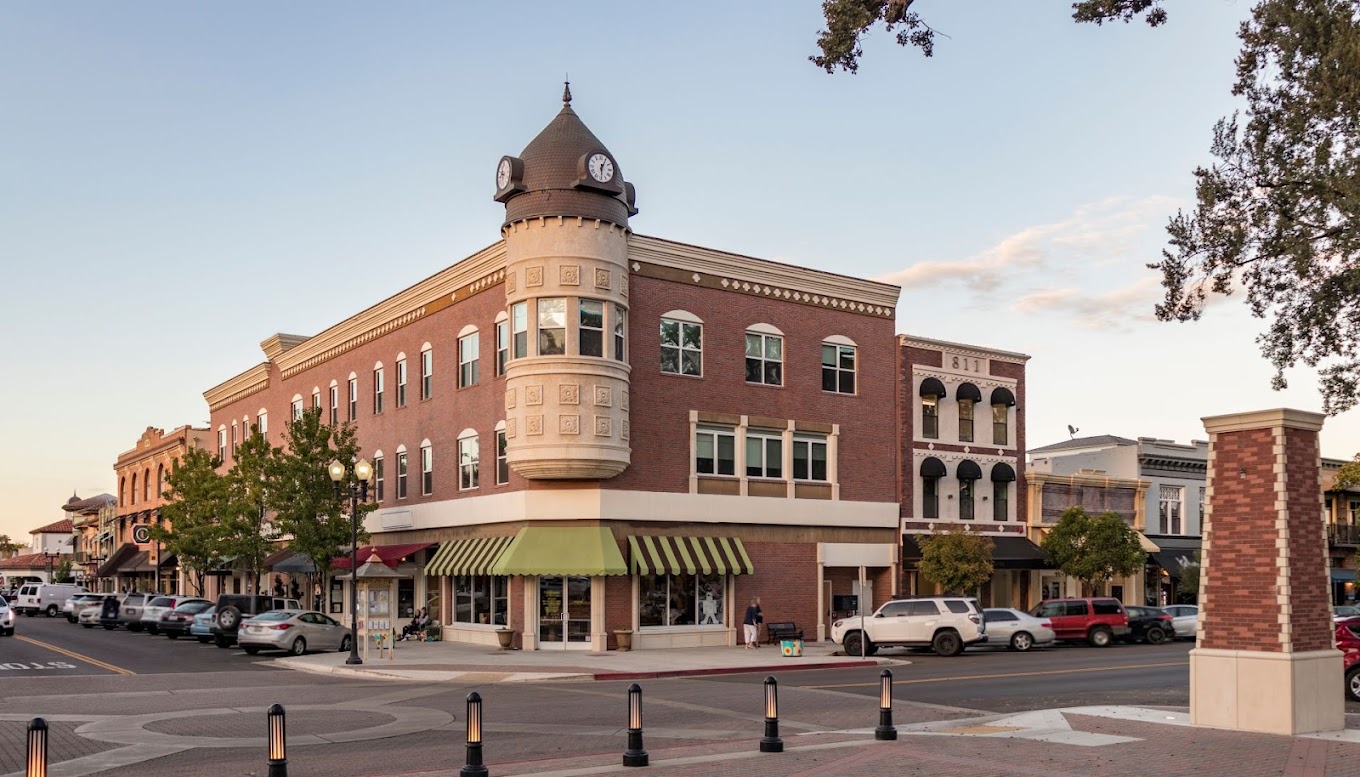A sewer line is crucial to any home’s plumbing system. Whether you’re building a new home or replacing an old, damaged line, proper installation ensures waste leaves your property efficiently and prevents costly backups. We’ll explore the essential aspects of sewer line installation, from material selection to the correct slope requirements.
A correctly installed sewer line must have precise slope alignment to allow gravity to move waste away from your home. Too little slope and waste won’t flow properly; too much and solid materials can get left behind as liquids rush past. The standard recommendation is a 1/4 inch drop for every foot of horizontal pipe.
Weather conditions, local regulations, and your property’s landscape all impact the installation process. When planning, get multiple quotes, understand your local codes, and consider how the work might affect your yard. We’ll help you navigate these factors so you can make informed decisions about your sewer system.
Understanding Sewer Line Systems
Sewer line systems form the backbone of modern sanitation, carrying wastewater away from homes to treatment facilities. These systems consist of various components and pipe types, all designed to function efficiently while maintaining public health and safety.
Components of a Sewer System
The house sewer line connects your home’s plumbing to the municipal main line. This connection typically features a clean out, which provides access for maintenance and clearing blockages. The municipal main line is the larger-diameter pipe that collects wastewater from multiple properties. These mains direct flow to lift stations when gravity flow isn’t possible, using pumps to move sewage uphill when necessary
Manholes are essential access points placed at intervals and at directional changes in the sewer main. They allow utility workers to inspect and maintain the system without extensive excavation. Treatment facilities represent the final component, where wastewater undergoes cleaning processes before being released back into the environment.
Types of Sewer Pipes
Modern sewer systems utilize various pipe materials, each with specific advantages:
- PVC (Polyvinyl Chloride): Lightweight, resistant to chemicals, and has a smooth interior for excellent flow. The typical lifespan is 50-100 years.
- ABS (Acrylonitrile Butadiene Styrene): Similar to PVC but slightly more impact-resistant.
- Cast Iron: Durable and quiet but susceptible to corrosion over time, and can last 75-100 years with proper maintenance.
- Clay: Traditional material with excellent longevity (50-60 years) but is brittle and vulnerable to root intrusion.
- Concrete: Used mainly for larger municipal lines due to durability under high-volume flows.
- HDPE (High-Density Polyethylene): Flexible, resistant to ground movement, and has superior joint integrity.
Sewer Line Safety Considerations
Working with sewer lines requires strict safety protocols, so always call utility locating services before digging to prevent damaging underground lines. This free service marks the location of all utilities, helping avoid dangerous and costly accidents. Remember, proper ventilation is critical when accessing any part of a sewer system. Sewer gases can be toxic and explosive, making proper breathing protection essential for workers.
You should hire licensed professionals for any sewer work due to the health hazards and technical complexities. DIY repairs can lead to code violations and safety risks. Professional plumbers have proper training, equipment, and knowledge of local regulations. Camera inspections provide a safe way to assess sewer line conditions without extensive excavation. These specialized cameras travel through pipes, revealing blockages, cracks, and intrusions.
Planning and Preparation
Before starting any sewer line installation, proper planning is crucial for success. Good preparation prevents costly mistakes and ensures compliance with local requirements.
Assessing Local Regulations
Every municipality has specific codes and requirements for sewer line installation, so contact your local building department to understand permit requirements and inspection schedules. Some areas require professional engineers to approve plans before work begins. Most localities have strict rules about connections to public sewer systems, and these regulations protect public health and prevent environmental contamination.
Be sure to obtain all necessary permits before breaking ground. Failing to do so can result in fines or even having to remove improperly installed systems. Many areas also require notification to utility companies through a “Call Before You Dig” service to mark existing underground lines.
Determining the Frost Line Depth
The frost line represents how deep the ground freezes in winter, varying significantly by region. Sewer pipes must be installed below this depth to prevent freezing, cracking, and expensive repairs. In northern states, frost lines can reach 48 inches or deeper, while southern regions might only have 12-inch frost lines. Check with local building codes for the exact depth in your area.
Proper trenching below the frost line provides critical protection for your sewer line. It’s recommended to go slightly deeper than the minimum requirement for added security against extreme weather conditions. Remember that improper depth installation is a leading cause of sewer line failures during winter months.
Choosing the Right Materials
PVC pipe has become the industry standard for residential sewer lines due to its durability and cost-effectiveness. It resists corrosion, root intrusion and typically lasts 50-100 years. Schedule 40 PVC is suitable for most residential applications, while Schedule 80 offers greater durability for high-traffic areas. Plastic pipe options like ABS are alternatives, though less common today.
When selecting materials, consider:
- Pipe diameter: Typically 4 inches for residential lines
- Slope requirement: Proper drainage requires a minimum slope of 1/4 inch per foot
- Fittings and connections: Use appropriate connectors and cement designed for sewer applications
For sewer line safety, choose materials rated for waste transport and approved by your local code. Quality materials may cost more initially but prevent failures and extend the system’s lifespan.
Installation Techniques
Installing sewer pipes requires specific methods based on your project needs and site conditions. Each technique offers different advantages in terms of cost, disruption, and application.
Traditional Trenching
Traditional trenching involves digging an open trench along the entire sewer line path. This involves marking the route and calculating the proper slope, typically 1/4 inch per foot, to ensure proper flow. The process begins with excavation, which requires heavy equipment for larger projects. Safety is crucial, so trench walls must be properly shored to prevent collapse.
Once the trench reaches the correct depth, a bed of gravel or sand is installed at the bottom. This provides support and drainage for the pipe. Pipes are then laid starting from the lowest point (usually the connection to the main sewer) and working upward. Each pipe section’s bell end faces uphill to prevent leaks.
After installation, technicians conduct pressure tests to check for leaks before backfilling. The trench is carefully filled with layers of soil, compacting each layer to prevent future settlement.
Trenchless Technology
Trenchless technology allows technicians to install or replace sewer pipes with minimal surface disruption. This method is ideal for areas with existing landscaping, driveways, or structures.
Pipe lining is a common trenchless method where we insert a resin-coated liner into the existing pipe. The liner is then cured in place, creating a new pipe within the old one. This technique works well for repairing damaged pipes without replacement. Pipe bursting is another option; a new pipe is pulled through while simultaneously breaking apart the old one. This method allows for installing a same-sized or larger pipe.
A major benefit of trenchless methods is reduced restoration costs, as without extensive digging, experts avoid damaging landscaping, driveways, or other structures. However, one concern with trenchless methods is the possibility of cross bores—accidental drilling through existing utilities. Proper utility mapping is essential before beginning work.
Horizontal Directional Drilling
Horizontal Directional Drilling (HDD) allows professionals to install sewer pipes under obstacles like roads, buildings, or waterways without surface disruption. The process begins with a pilot hole drilled along a predetermined path, using specialized navigation equipment to guide the drill head precisely. Once the pilot hole is complete, it’s enlarged by pulling back a reamer. This creates space for the new sewer pipe. Then, it’s pulled through this enlarged hole.
HDD is particularly valuable for crossing areas where trenching would be impractical or prohibited. It’s commonly used for installations under highways, rivers, or environmentally sensitive areas. This method typically requires more specialized equipment and expertise than other techniques, and experts need to plan drill paths to avoid existing utilities and ensure proper pipe slopes.
Safety and Prevention
Safety is a critical aspect of sewer line installation that should never be overlooked. Proper precautions protect workers, homeowners, and utility infrastructure from potentially dangerous situations.
Avoiding Utility Cross Bores
Cross bores occur when a utility line is accidentally drilled through an existing sewer pipe. This dangerous situation can lead to serious problems when sewer lines need cleaning or repair.
Before any digging begins, call 811 to have all underground utilities marked. This free service helps identify where gas, water, and electrical lines are located. Documentation of existing utility locations should be maintained throughout the project. This helps all workers stay informed about potential hazards.
When using trenchless technology like pipe bursting or directional drilling, extra caution is needed. These methods can’t directly see underground obstacles, so thorough preliminary inspections are crucial. Therefore, using specialized sewer cameras to inspect existing pipes is essential. These cameras can spot obstructions or cross bores before work begins, preventing potential disasters.
Natural Gas Line Safety
Natural gas pipes pose a particular danger when working on sewer lines, as a punctured gas line can lead to leaks, fires, or even explosions. Pipe locations should always be marked with stakes, flags, or spray paint, and all crew members should be briefed on these locations before work begins. If you smell gas (a rotten egg odor) during any sewer work, inform the crew to stop immediately. Evacuate the area and call the gas company’s emergency line.
Never use electrical equipment or create sparks near a suspected gas leak, as even small ignition sources can trigger catastrophic events. Specialized equipment like gas detectors should be used throughout the project. These devices can alert workers to dangerous gas levels before they become hazardous.
Get in touch to arrange a professional installation of a new sewer line or for repairs of your existing system.










